Cats are mysterious creatures. Their quirky behaviors, from chasing invisible prey to kneading your lap, leave us both amused and baffled. Among these behaviors, the act of hiding is one that many cat owners often observe. Have you ever found your feline friend squeezed into a shoebox or lurking beneath the bed? Understanding why our whiskered pals seek these nooks and crannies can help us offer them a more comfortable environment.
1. What does it mean if my cat likes to hide?
Hiding is an instinctual behavior for cats. In the wild, a concealed place offers protection from predators and a vantage point to stalk prey. Even domesticated cats retain this instinct. When they hide, it's not always a sign of fear or illness, though it can be. Often, it's a way for them to create a personal space where they can relax and observe without being disturbed.
2. Is it normal for a cat to hide all day?
While it's normal for cats to seek out hiding spots, if you notice that your cat is hiding excessively or seems reluctant to come out even for food, it may be a cause for concern. It could be indicative of health issues or high stress. Always monitor your pet’s behavior and consult with a vet if you suspect something might be amiss.
3. Do cats do well in small spaces?
Yes, cats often find comfort in confined spaces. These tight spots provide a sense of security, much like swaddling does for a baby. The snug fit around their bodies can be soothing and offer them a respite from a bustling household.
4. Do cats dislike small spaces?
While many cats love snuggling into compact spaces, not all cats feel the same way. Just like humans, cats have preferences. Some might feel claustrophobic or trapped in too tight a space. It's crucial to observe and understand your cat's unique preferences.
5. Why do cats like cat houses?
Cat houses simulate the confined, sheltered spaces cats are instinctively drawn to. They offer the comfort of a hiding spot while also providing a place of ownership within the household. With options ranging from the stylish Hexagon Pet House to the snug The Cottage and even the quirky Teepee Hideout, there's a perfect hideaway for every feline.
In Conclusion:
Offering a special hiding place for your cat in your home is more than just indulging their playful antics. It provides them with a sanctuary, a place where they can feel safe and at ease. By understanding their penchant for hiding and addressing it proactively, you're not only ensuring their well-being but also strengthening the bond you share with your furry friend. Whether it's a designated cat house or just a simple cardboard box, giving your cat their own space can make a world of difference in their happiness and comfort.
References :
Bradshaw, J. (2013). Cat Sense: How the New Feline Science Can Make You a Better Friend to Your Pet. Basic Books.
Turner, D. C., & Bateson, P. (2000). The Domestic Cat: The Biology of its Behaviour. Cambridge University Press.
Ellis, S., Rodan, I., Carney, H. C., Heath, S., Rochlitz, I., & Shearburn, L. D. (2013). AAFP and ISFM feline environmental needs guidelines. Journal of Feline Medicine and Surgery, 15(3), 219-230.
Overall, K. L. (1997). Clinical Behavioral Medicine for Small Animals. Mosby.

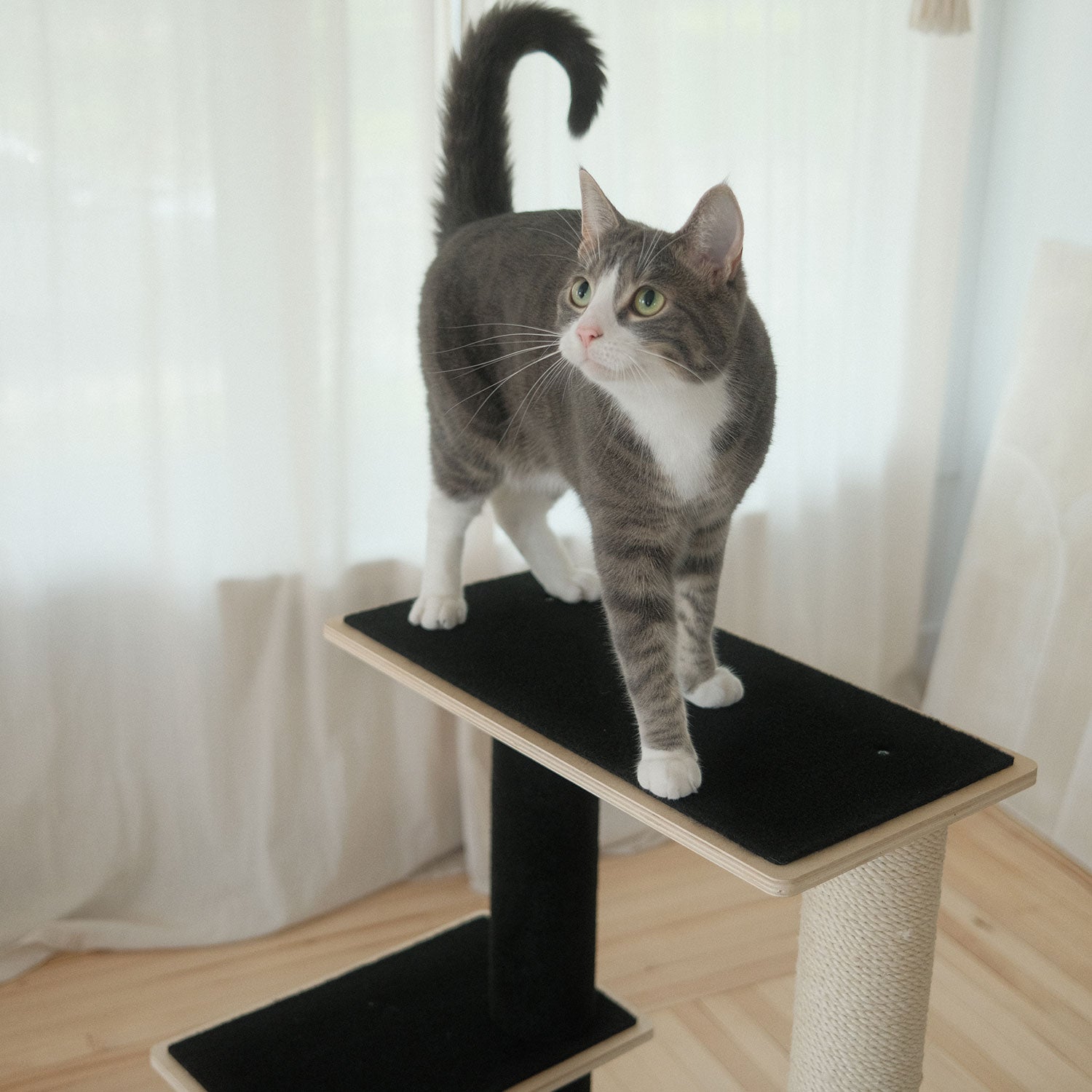
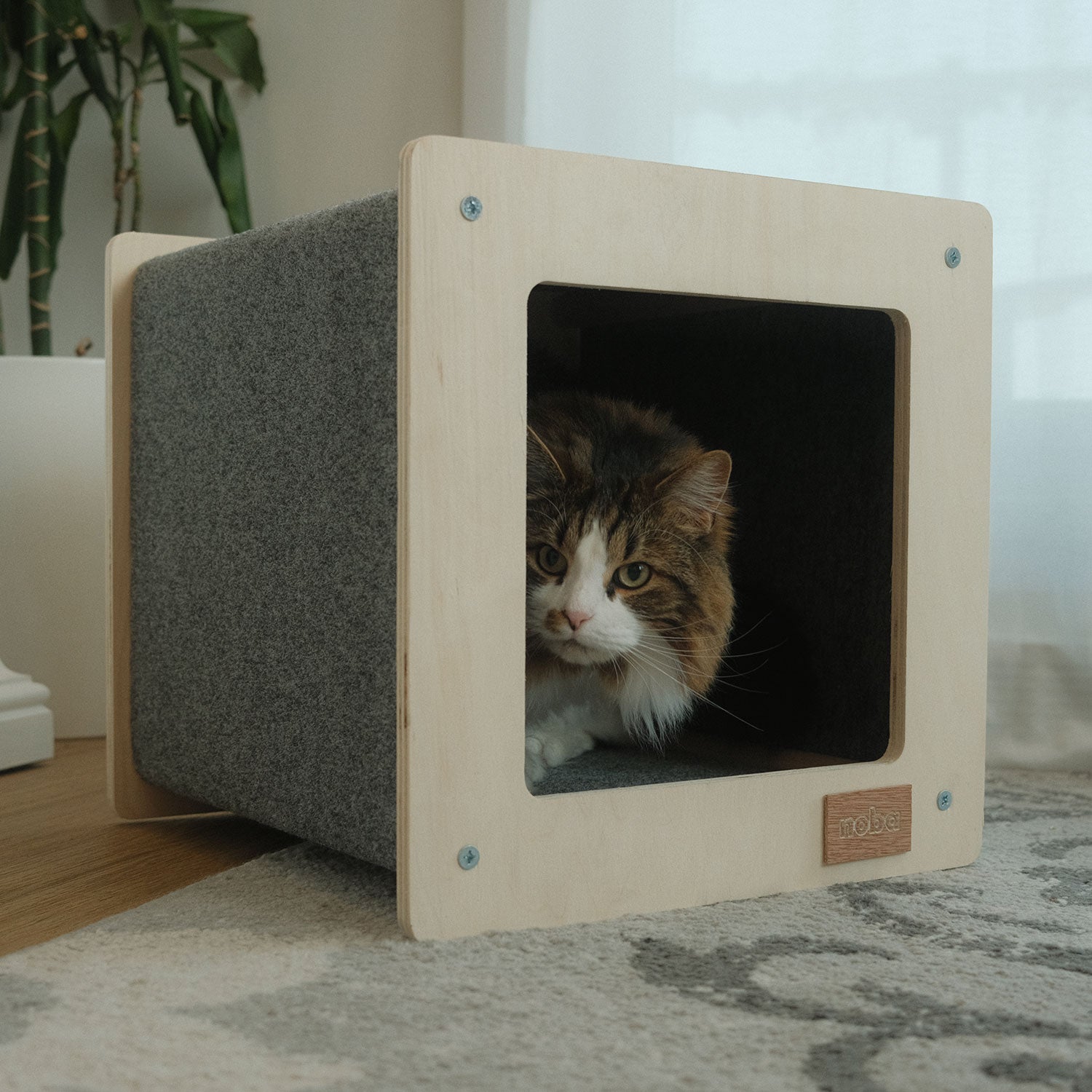


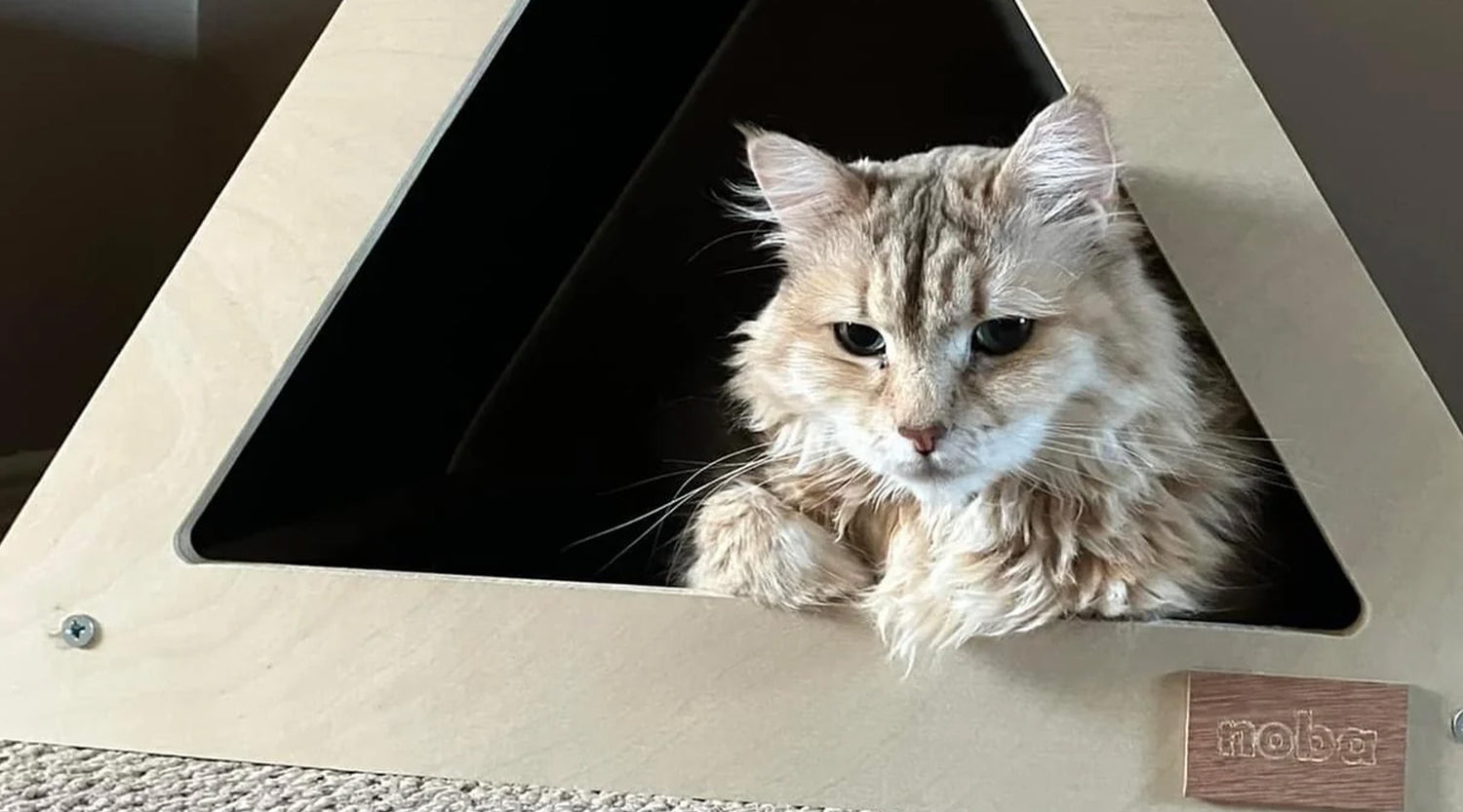

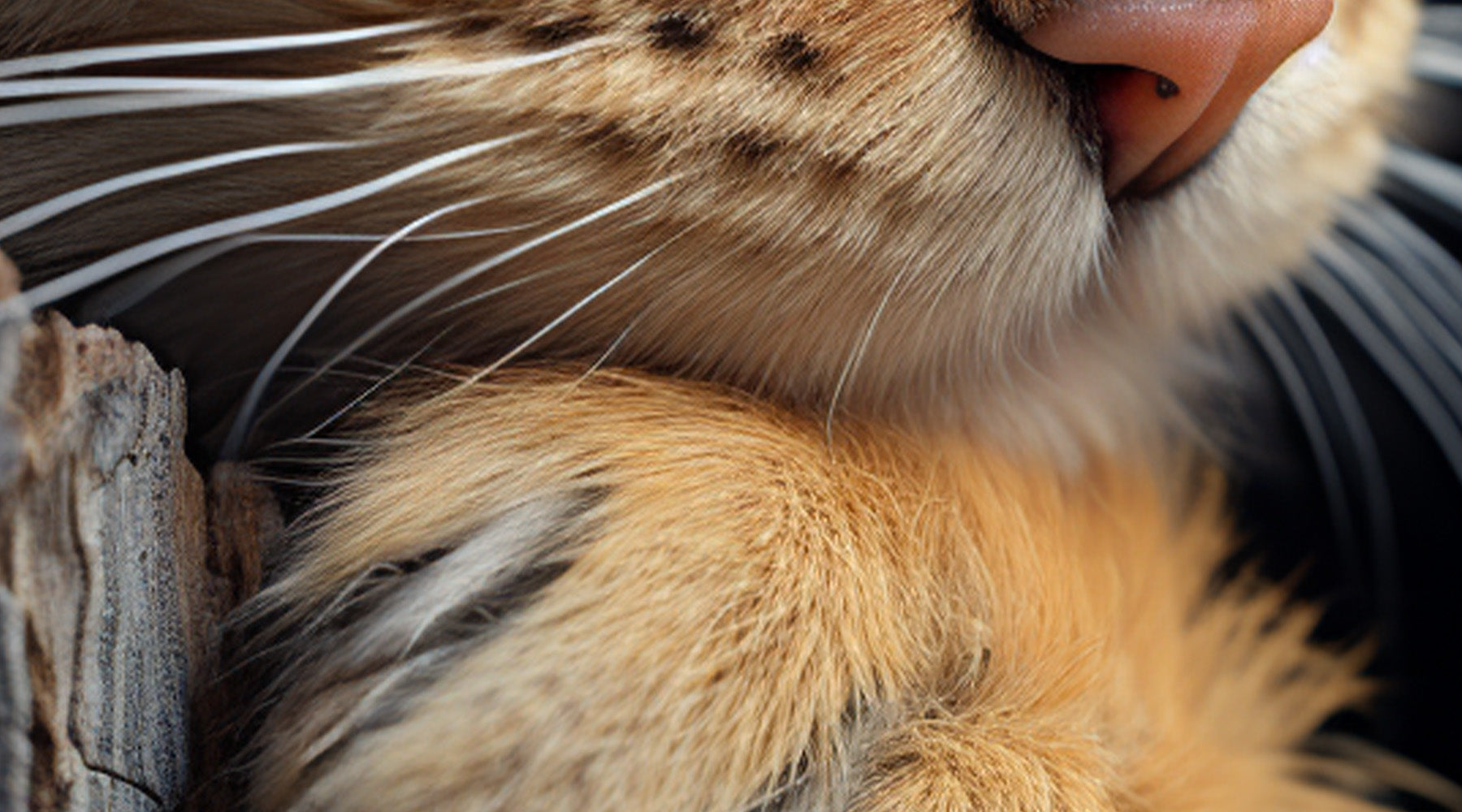
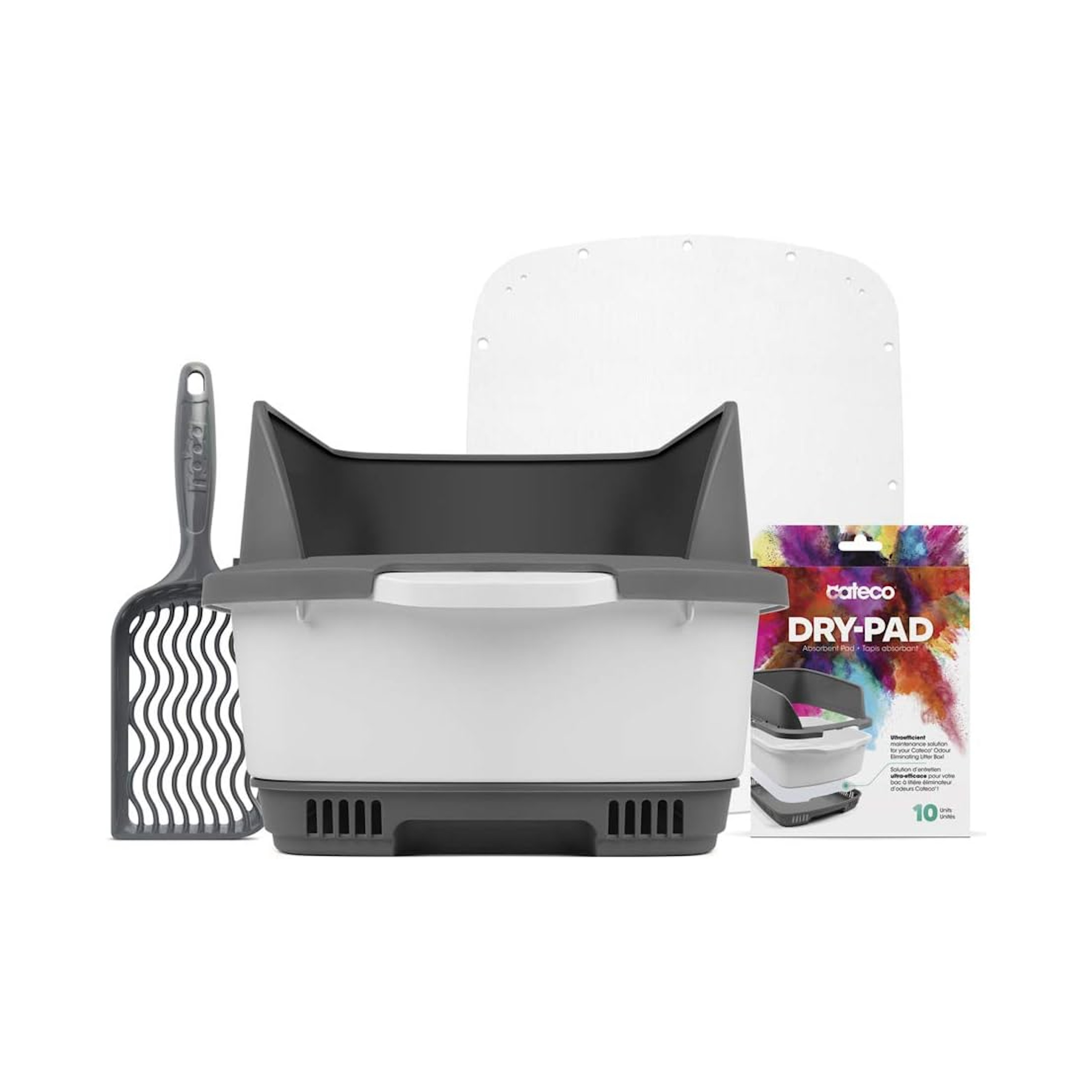


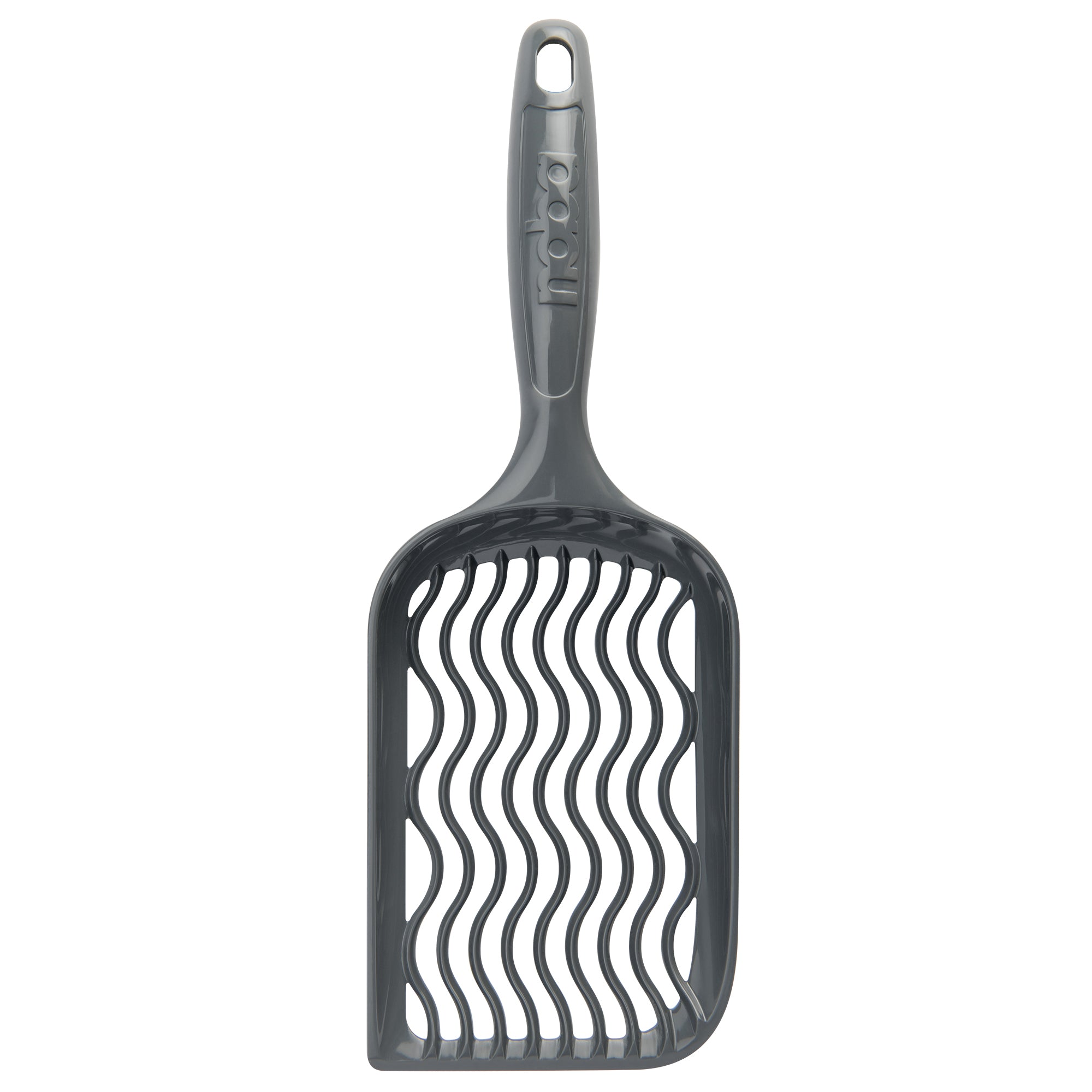
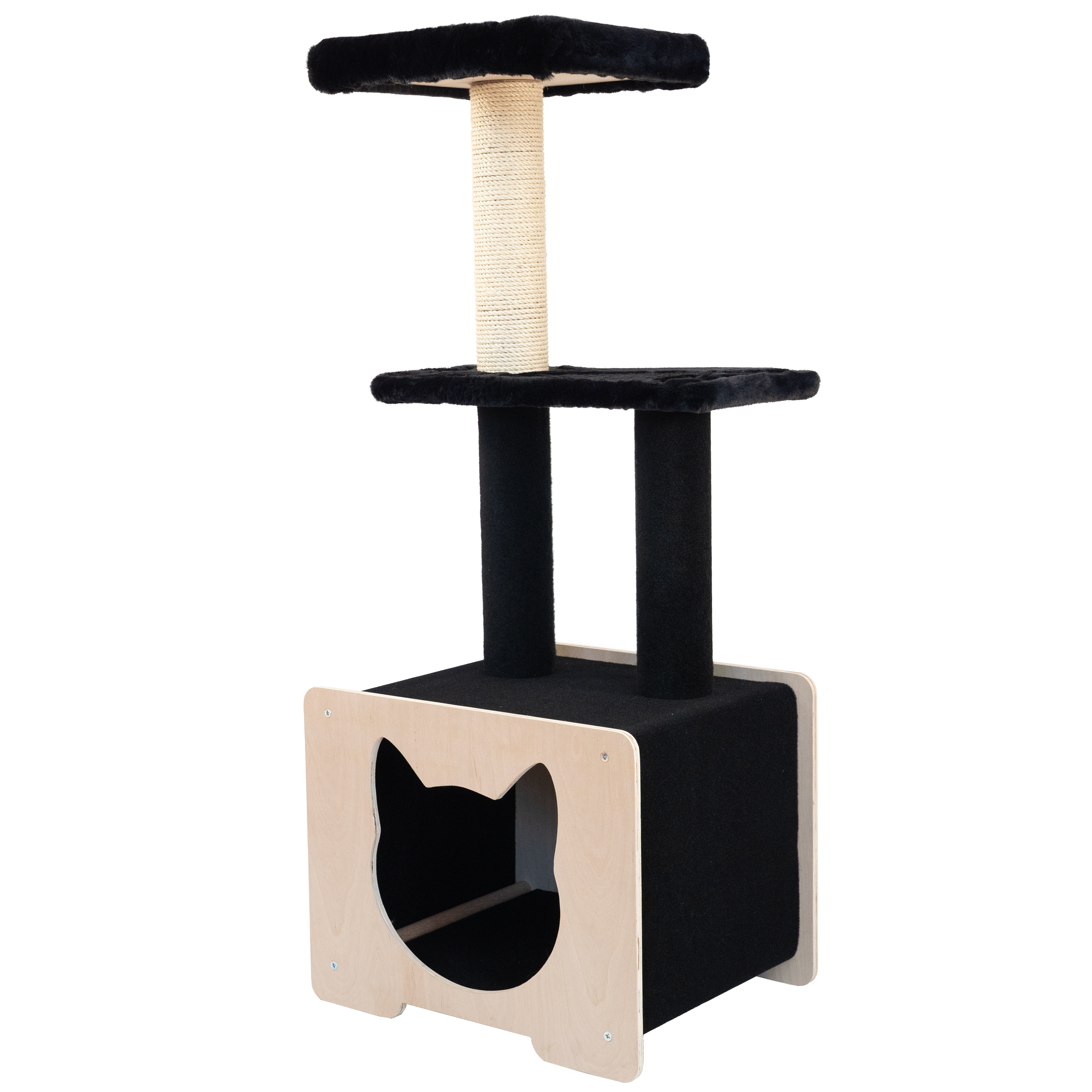
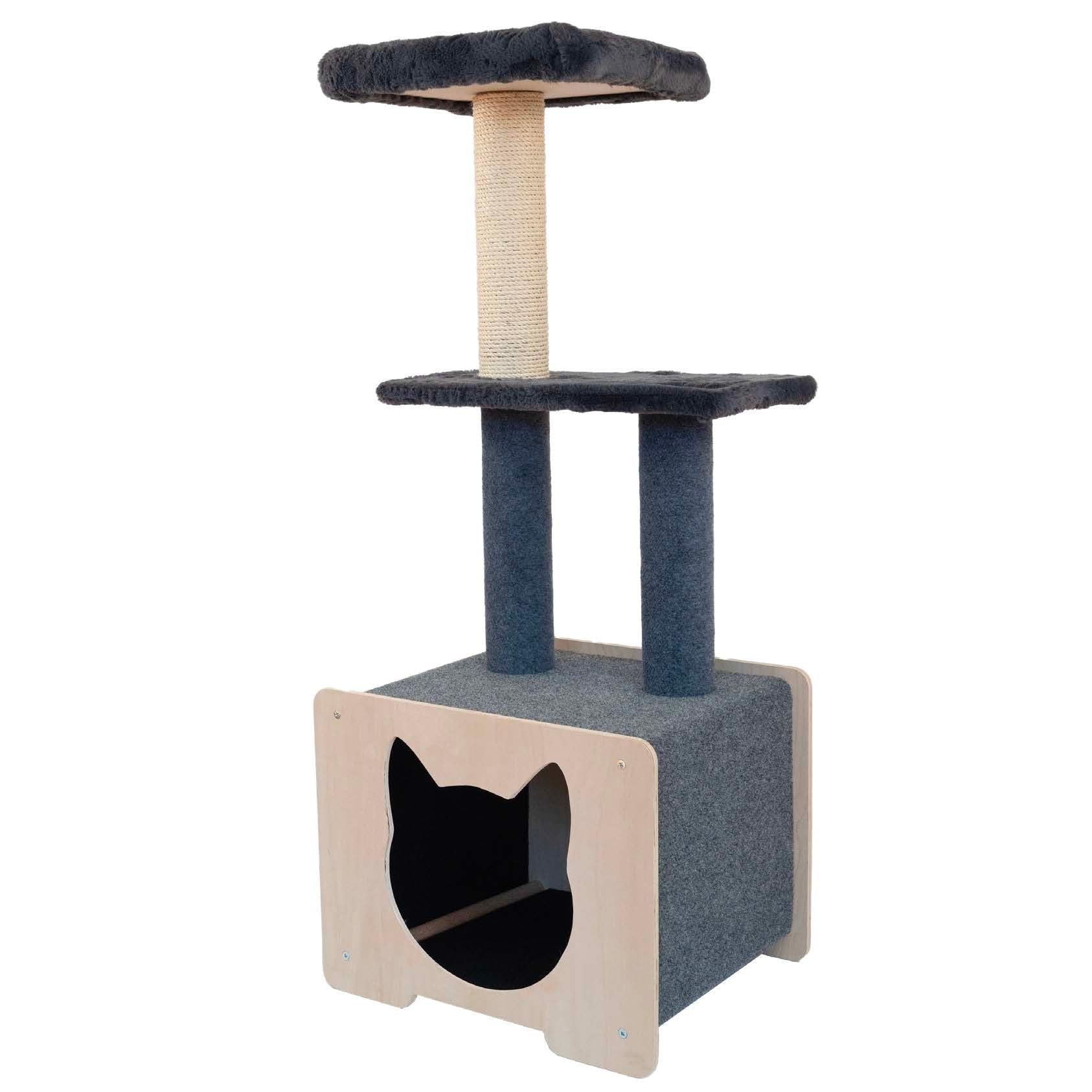
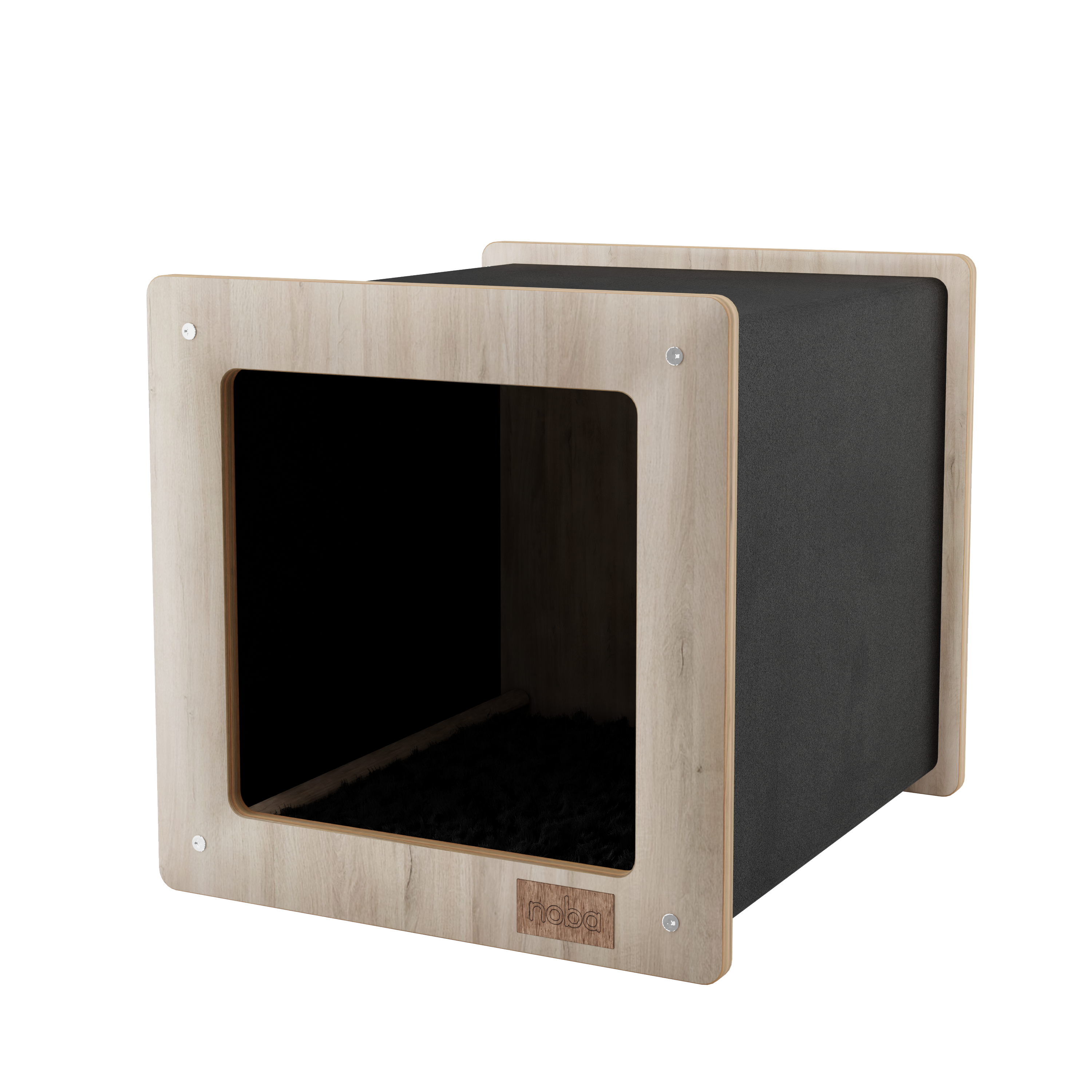
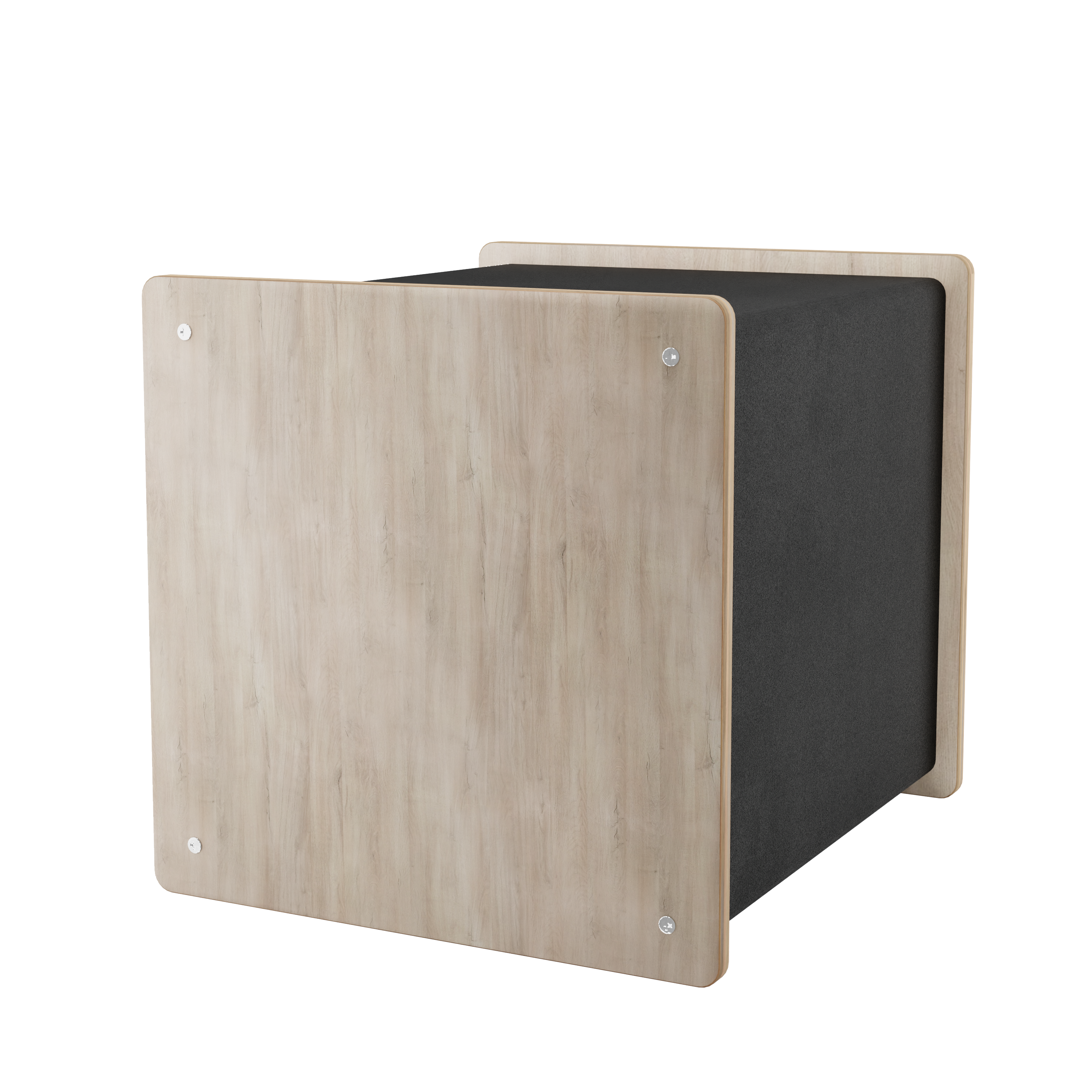

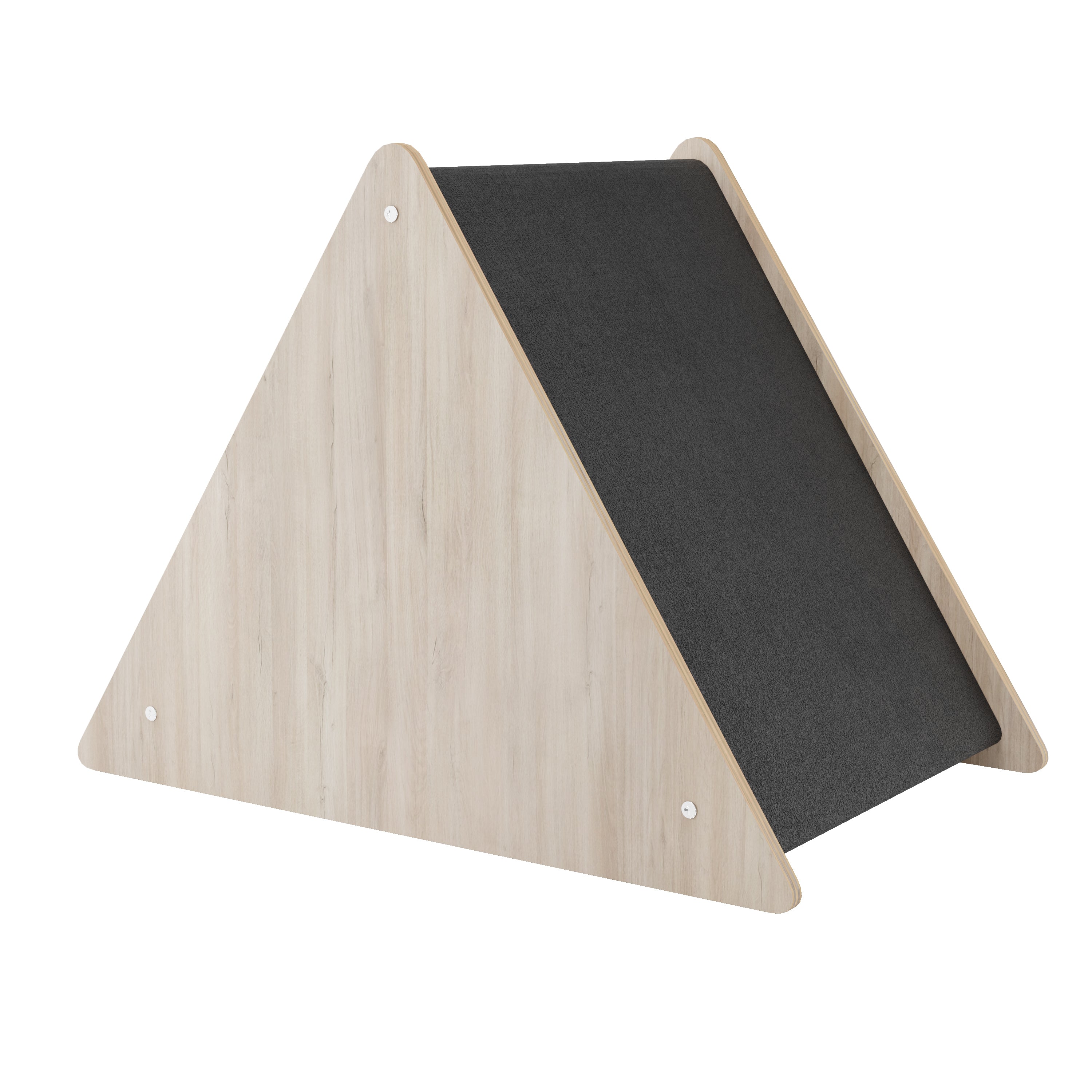

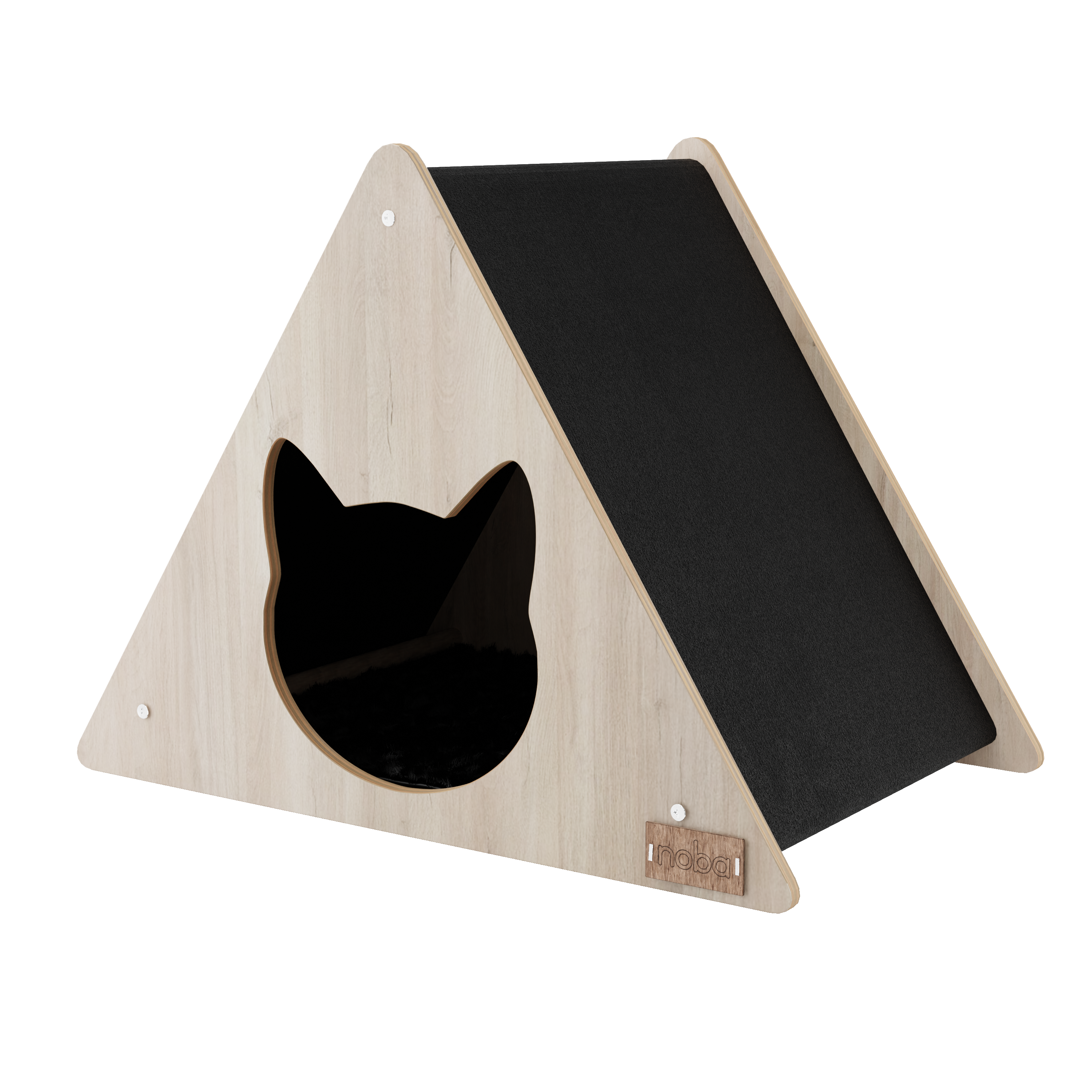
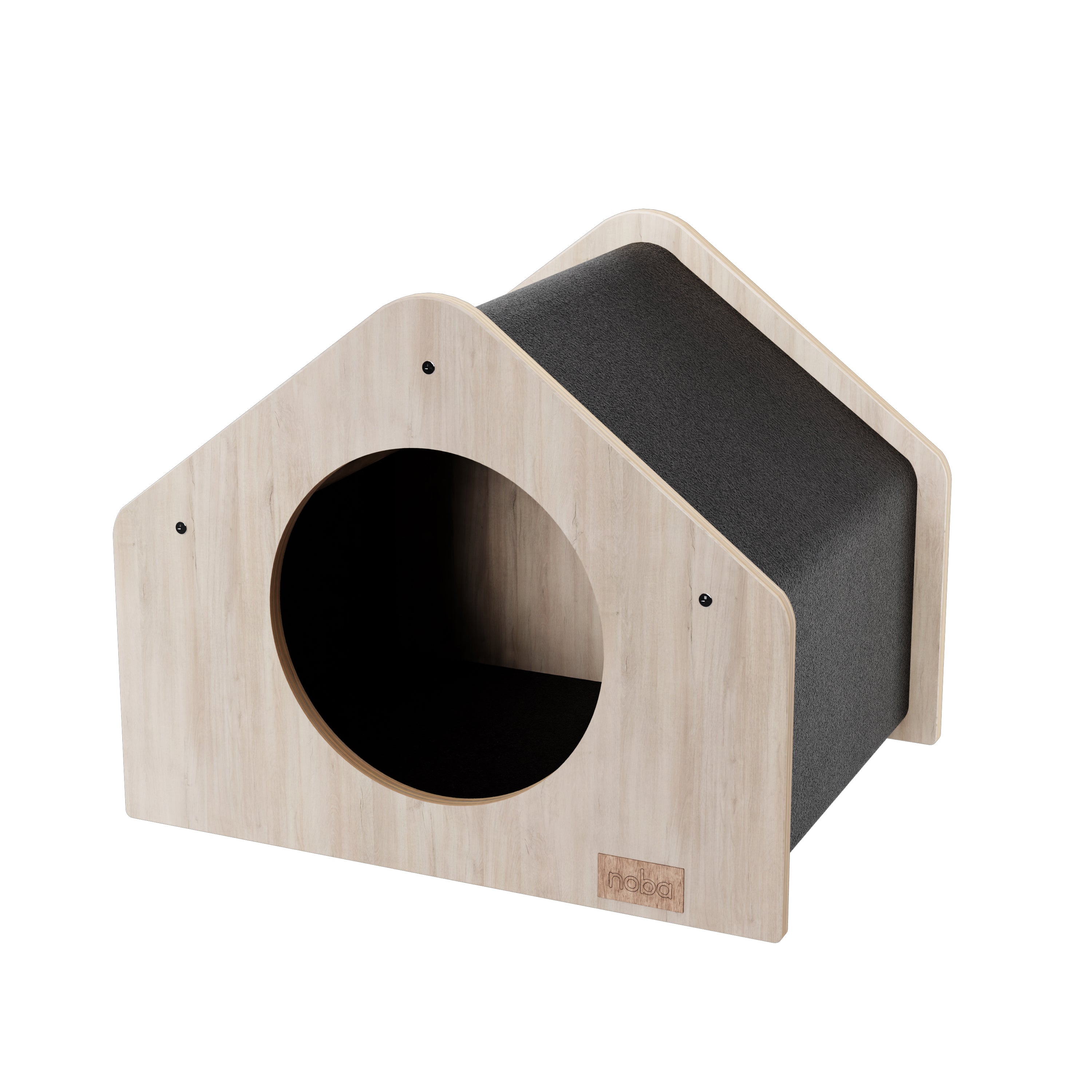
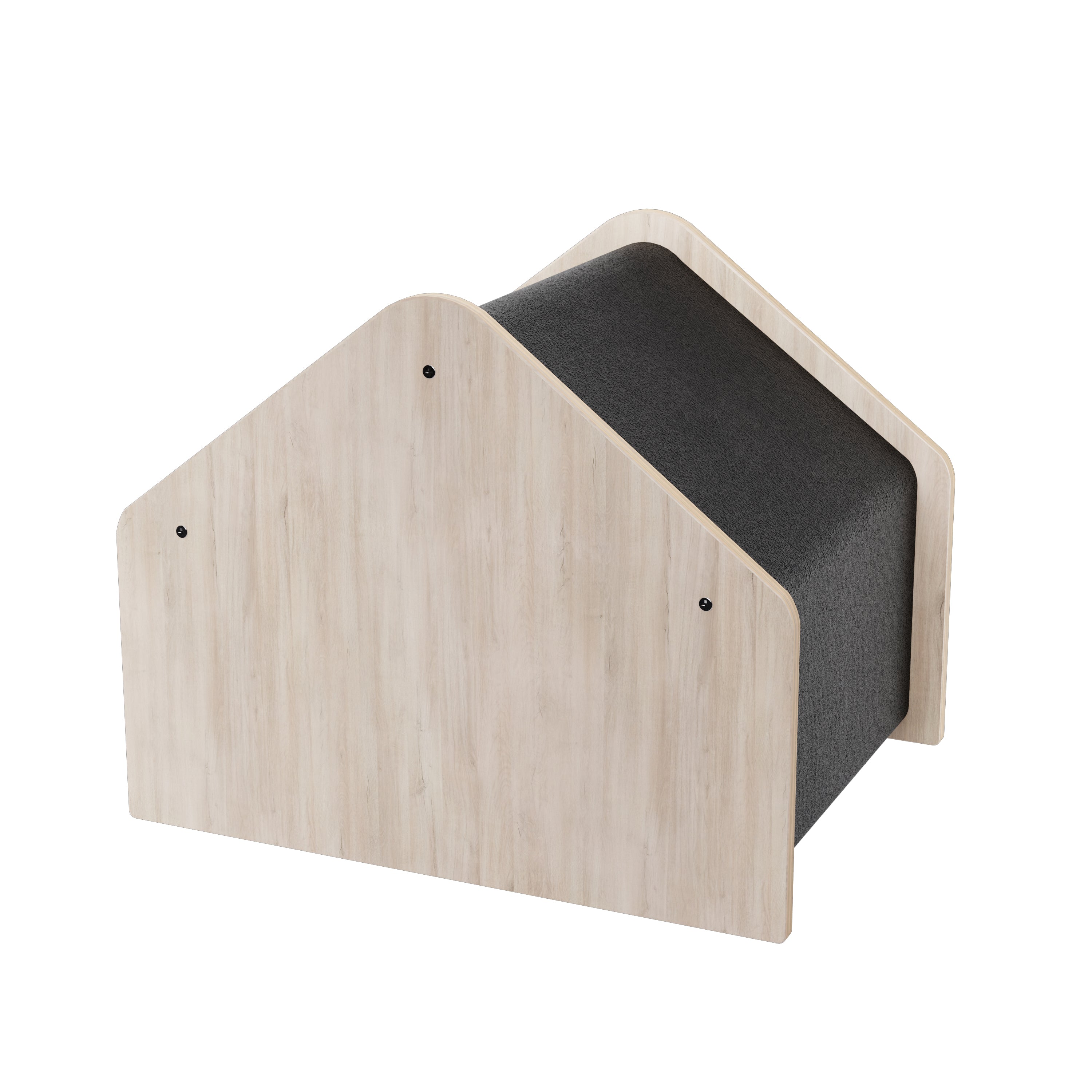
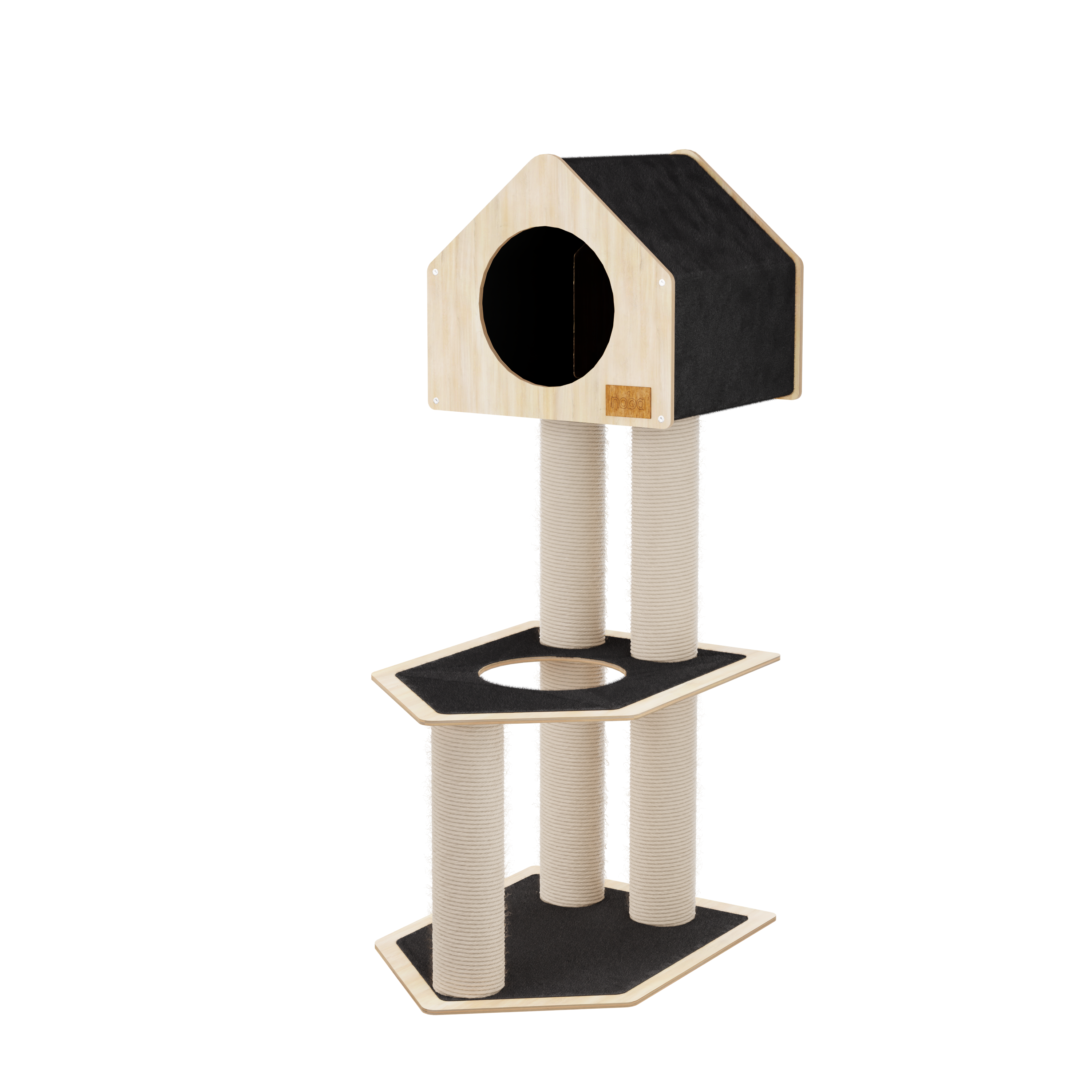
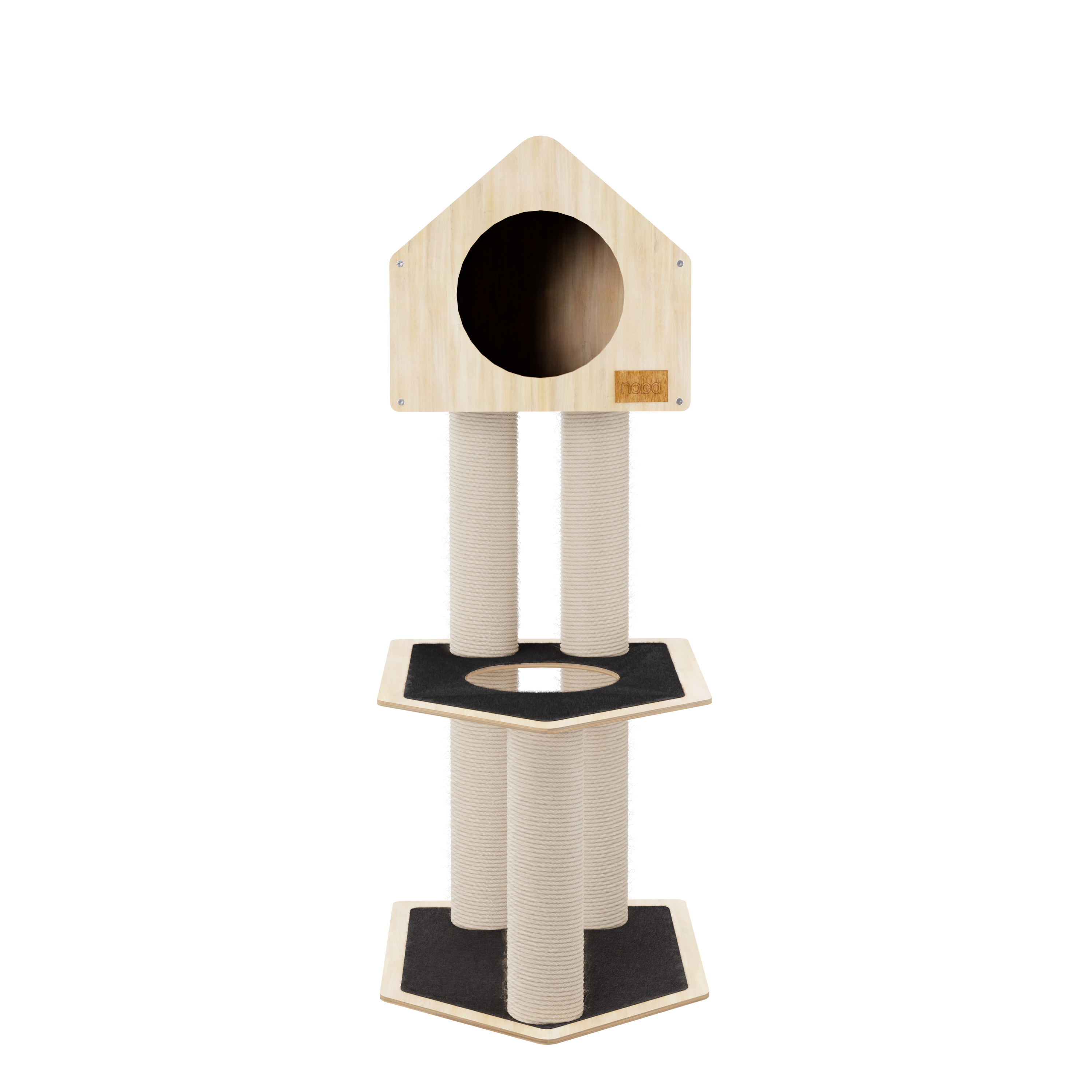
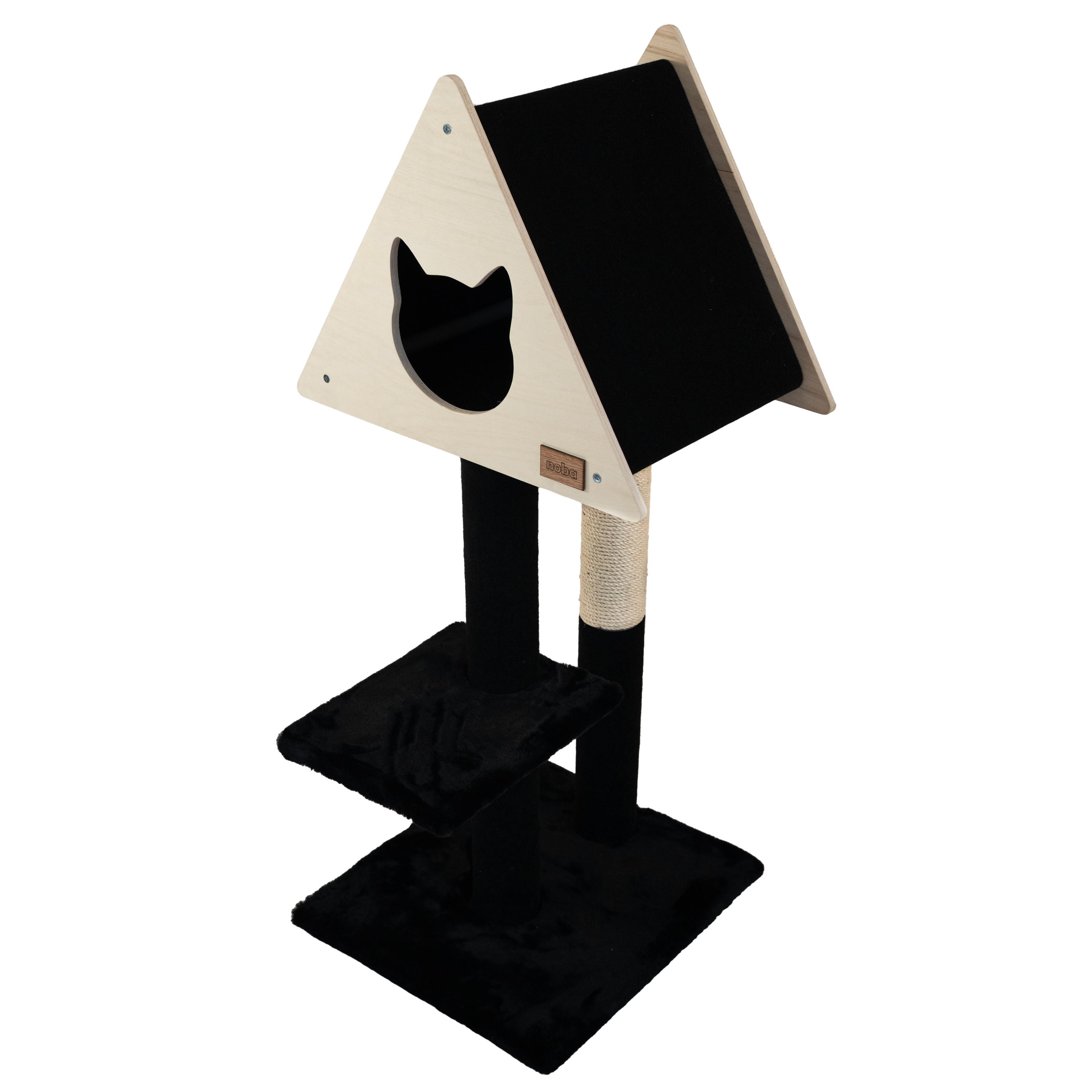
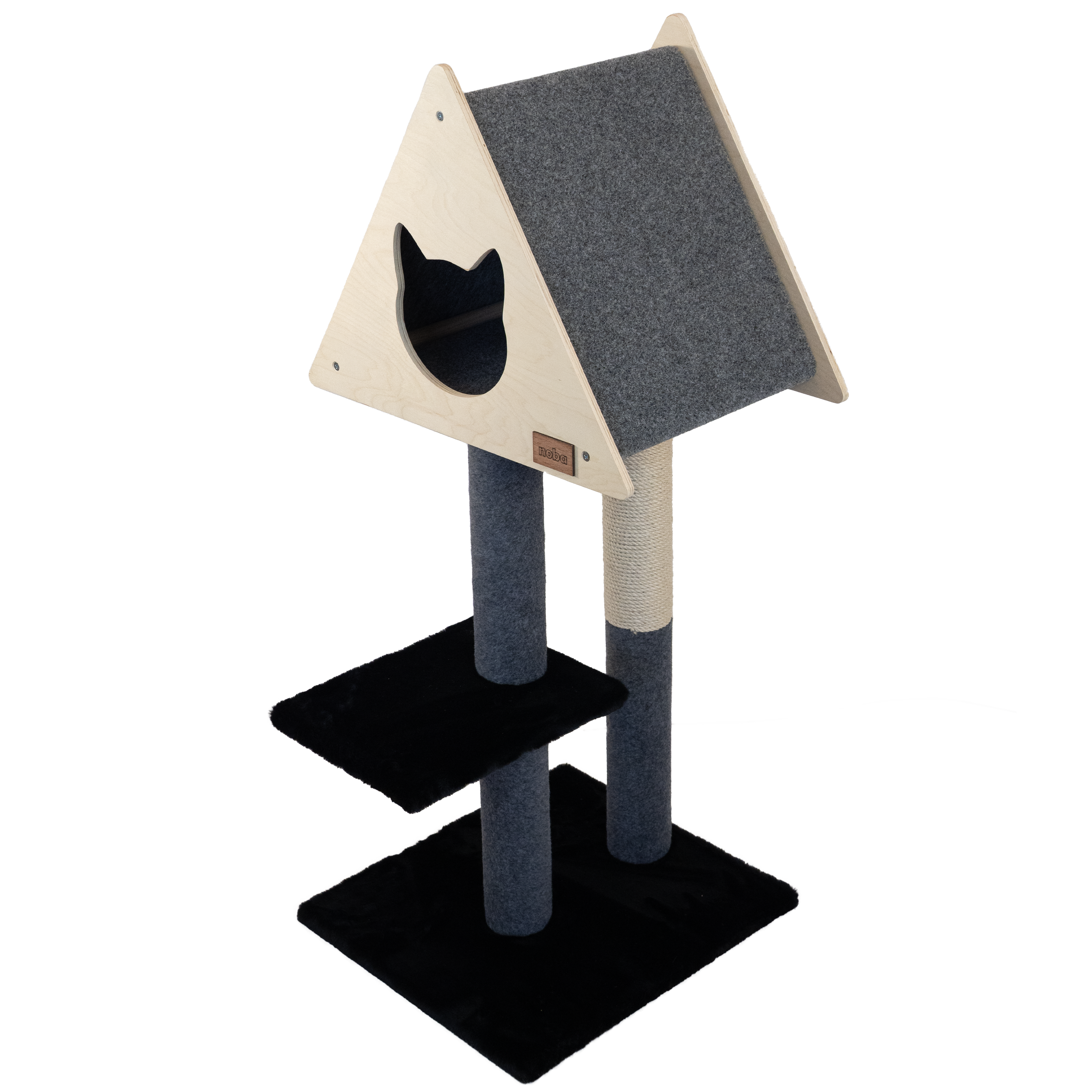
Leave a comment
All comments are moderated before being published.
This site is protected by hCaptcha and the hCaptcha Privacy Policy and Terms of Service apply.